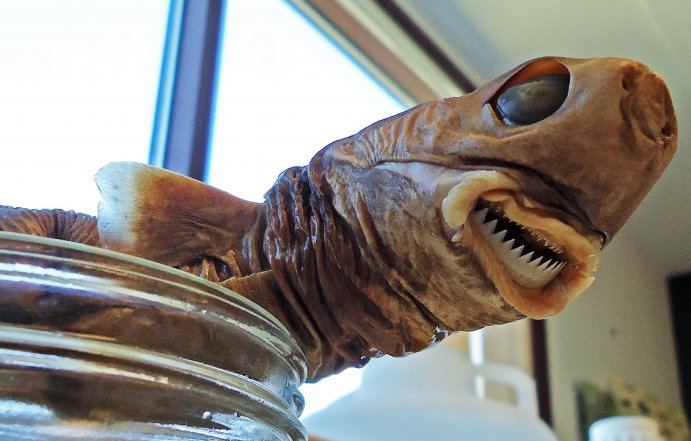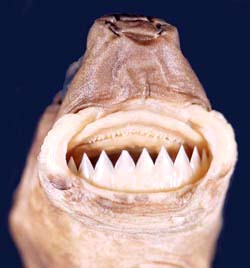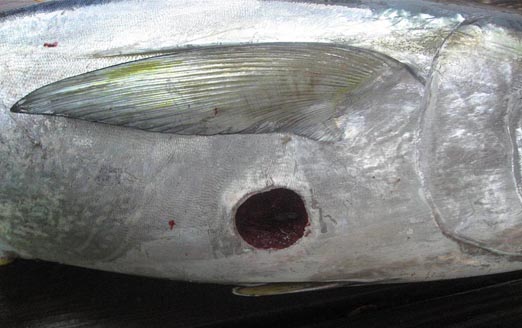The Most Festive Shark There Ever Was?
Published by Ocean Conservancy
The 2017 holiday season is upon us, and no matter where we go, it seems we can’t escape the joyful music, vibrant light displays and perfectly wrapped gift displays alongside shop window setups. Every other commercial on television is about a special sale for this time of year, and Facebook is flooding with fun-filled holiday recipes to try. What you may not have known, though, is that December is chock-full of a spectacular list of other ‘holidays’ as well, countless of which perfectly match the typically festive vibes of the month. For example, December 15th boasts National Cupcake Day, while the 26th day of the month serves as National Thank You Note Day.
Another interesting one? December 4th: National Cookie Day!
Here at Ocean Conservancy, we’re taking this holiday as an opportunity to celebrate one of the least-known but most seasonally apropos creatures of the deep. How, you may ask? Well, while we all love our occasional snickerdoodle or sugar cookie, there’s a specific species of shark that we couldn’t help but think of as ‘National Cookie Day’ rolled around: the cookiecutter shark.
Wait…what’s a cookiecutter shark? Is that even a real thing?
Great question. The answer’s simple, though, and it’s yes!


All right, let’s start from the beginning. These sharks (their scientific name is Isistius brasiliensis) are rarely seen by people, because they live in the open ocean at depths of up to more 3,000 feet below the surface during the day. What we do see significantly more often, however, are the scars and marks they leave on their prey as a result of a feeding mechanism that has earned them their namesake. While some fear great whites for their sheer size and girth, these tiny predators don’t grow to be more than 22 inches long. What’s alarming here is not their size or ferocious appearance, but their unique method of attack.


So, while we may see the scars of these sharks on commonly seen coastal marine life, how likely is it that a human being will see a cookiecutter itself in their lifetime? The answer, according to several experts, is honestly not likely at all. Only a couple incidents of cookiecutters biting humans have been recorded in all of history, and their primary residence in deep water far offshore keeps this little shark from ever being one you need to worry about…unless, of course, you’re in a submarine.


Evidently, they can be so determined that they’ve been known to attack submarines, leaving marks even in the sides of these sturdy vessels.
When you look at these scars, it wouldn’t be too far off to assume that someone baking cookies mistook a marine animal for a roll of cookie dough! Talk about a fitting name. While definitely pretty creepy, this is one case in particular where nature serves as weird, cool and slightly cute, all at the same time.
Want to learn more about the awesome and sometimes unbelievable wildlife that graces our ocean? Click here to check out our wildlife fact sheets; you just might learn something you never knew before! After all, there’s always something new to learn about our ocean.
The post The Most Festive Shark There Ever Was? appeared first on Ocean Conservancy.
Read the full article at: https://oceanconservancy.org/blog/2017/12/04/festive-shark-ever/


